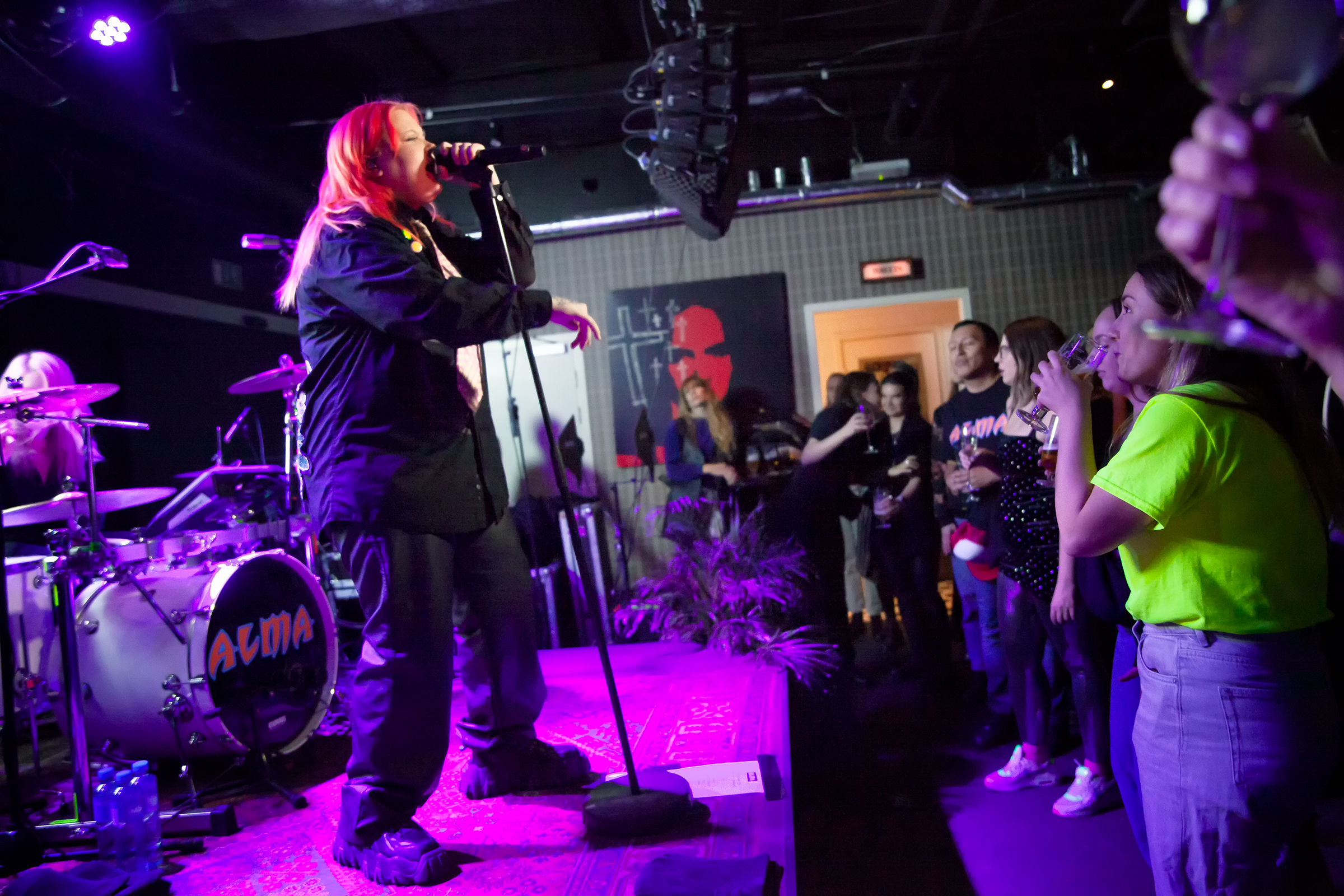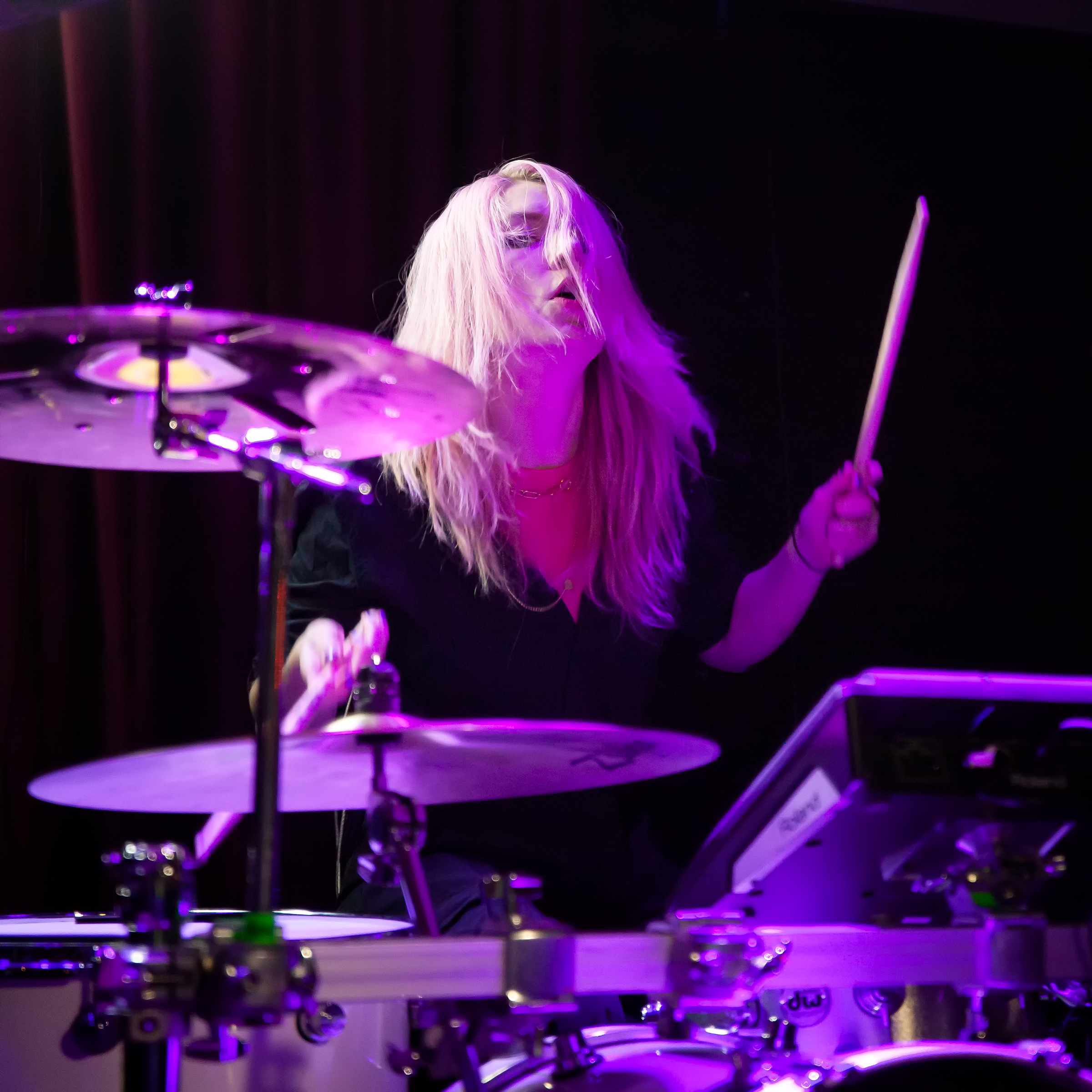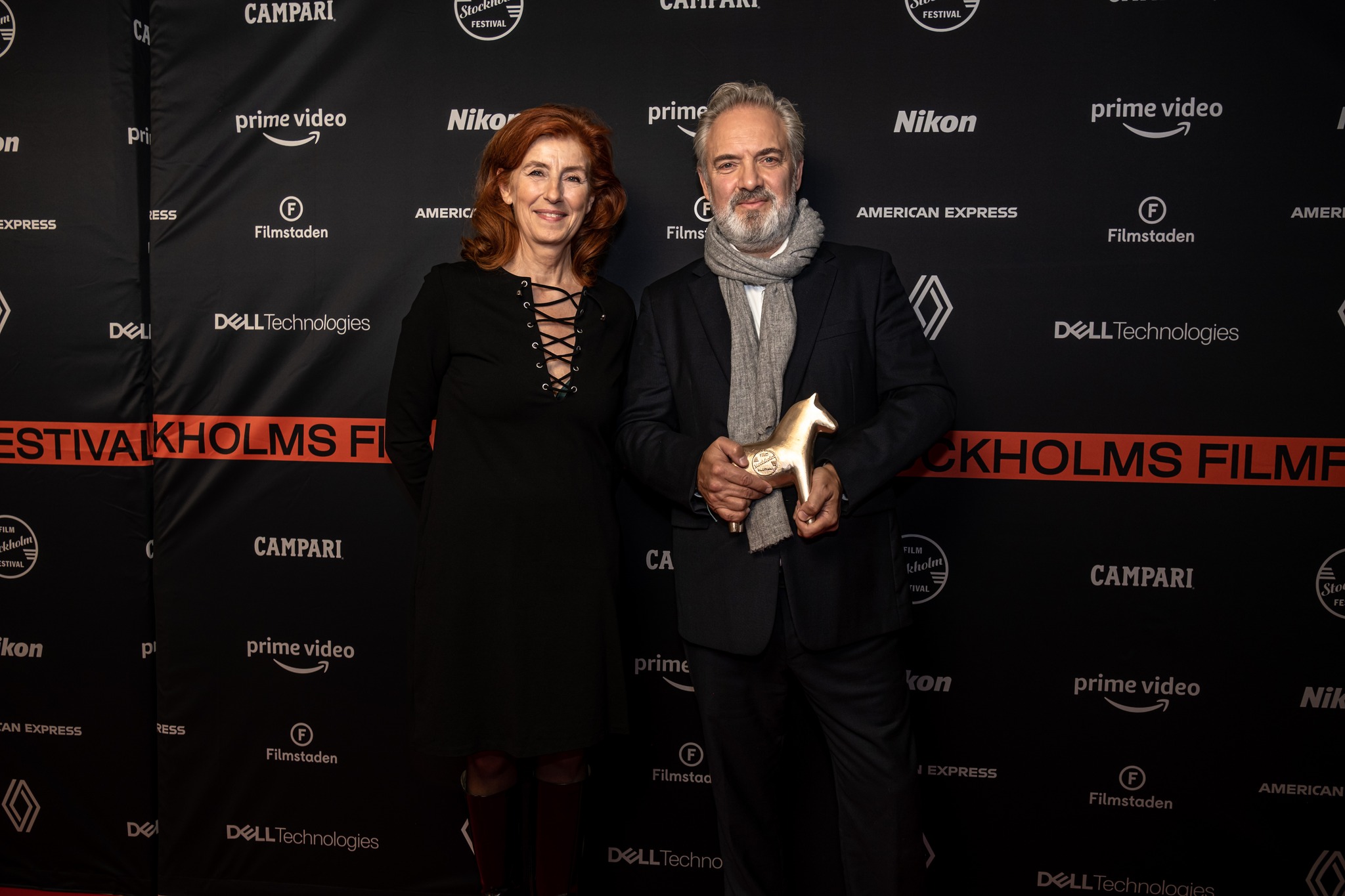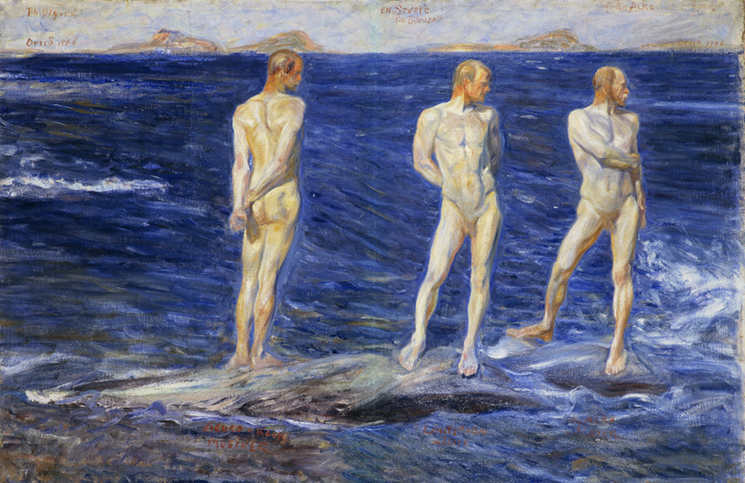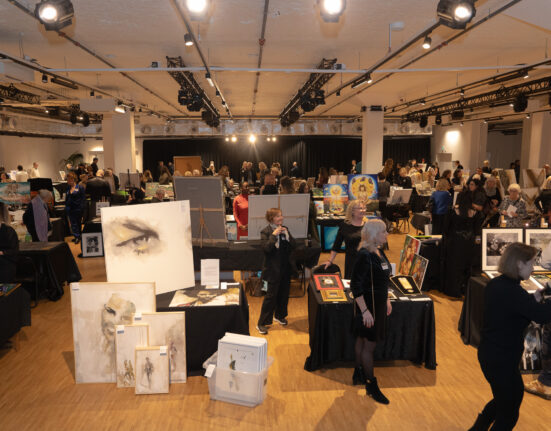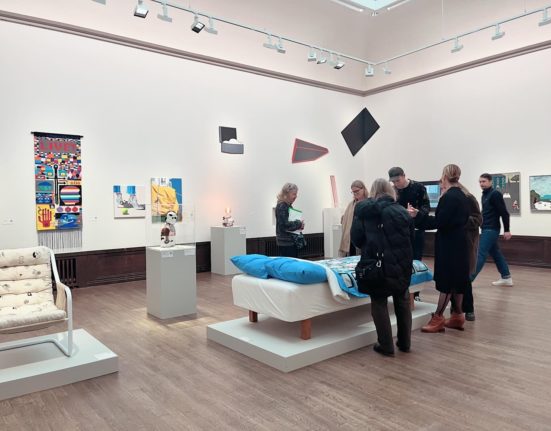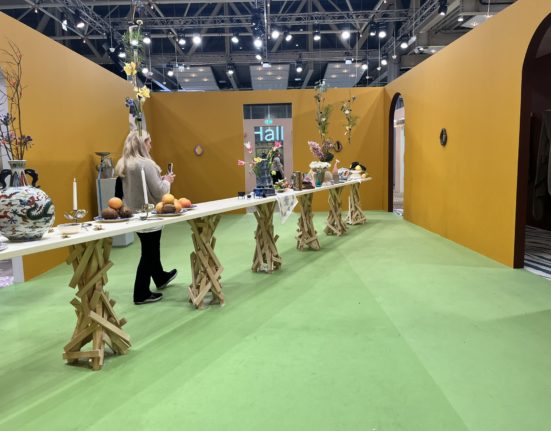The Artipelag exhibition “No Man Is An Island” explores the complex relationship between human beings and the Stockholm archipelago. YLC’s Carmen Price decided to check it out.
Summer forays into the velvety blue waters of the Stockholm archipelago are not as common as you might think. Despite widespread belief in the popular 1960s cliché of the archipelago as property of the Swedish people, 70% of Stockholmers have never sailed among the vast collection of islands spreading out from their hometown into the Baltic Sea. But this shouldn’t come as a total surprise: historically, R & R escapes into nature have usually been reserved for the privileged few.
Still, for many years, the archipelago has been a focal point for creative types in Sweden and around the world. Since at least the 18th century (and likely earlier), artists have found inspiration in the complex relationship between human identity, class, gender and the archipelago as a natural space of leisure.
And this summer, Värmdö’s Artipelag is exploring these socio-historical intersections in greater depth with the exhibit “No Man Is An Island,” a showcase of the archipelago-related works of various artists using various mediums, from Anders Zorn to Madeleine Jonsson Gilles, from painting to sculpture to music.
One of the main undercurrents of the exhibit is the notion of hybridity, particularly the amalgamation of culture and nature. Marcus Eek’s paintings of boat traffic on the sea, Anna Linbjörk’s archipelago café installation, Madeleine Jonsson Gilles’ soundpieces, Anders B. Liljefor’s ceramics – all of these works (and more) seek to represent the mixing and mashing of the human-made and the nature-made. Some artists, like Jonsson Gilles, merely record this phenomenon with the observatory detachment of a flâneur set loose in nature, while others, like Lindbjörk, are more critical: human impingement on the archipelago can be interpreted as an act of invasion.
But perhaps the most interesting piece in the exhibit can be found floating pink and conspicuous right outside Artipelag in Baggen’s bay. Entendre, by Ebba Bohlin, is a copy of the sculptor’s own ear, blown way up in size and scale, and, allusions to Van Gogh aside, it brings forth a myriad of reflective and interpretive possibilities. Bohlin herself sees Baggen’s Bay as its own body – a water-body – and the ear as a human element that has assimilated itself to the water-body. This perspective spawns some interesting questions, perhaps first among them being: is the human being a part of, or separate from, nature?
If human beings are a part of nature, then why are they often represented as distinct? And if human beings are not a part of nature, then what is it that makes them separate? And let’s say we believe that human beings are separate – they still function in relationship to nature, right? What responsibilities, feelings and ideas, then, arise within the context of such a relationship?
There are likely no simple answers to any of these queries. But that’s ok – the goal of many an artist is, after all, to spark debate and imagination rather than clean-cut our perceptions of reality.
The diverse works displayed at “No Man Is An Island” indeed get the reflective juices of the observer flowing – and on a lazy summer morning or afternoon, this may be exactly the kind of experience you are looking for.
“No Man Is An Island” runs from May 23, 2014 to September 28, 2014. Artipelag’s art hall is open Monday-Friday from 11 am to 4 pm and Saturday-Sunday from 11am to 5pm. The art and events venue is easy enough to get to – just catch the bus from Slussen!
Featured Image: Painting by JAG Acke ‘Östrasalt’ from 1906, Artipelag

